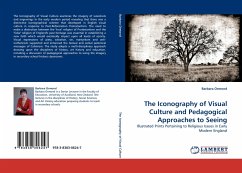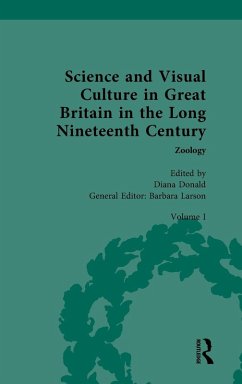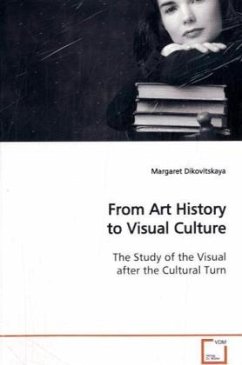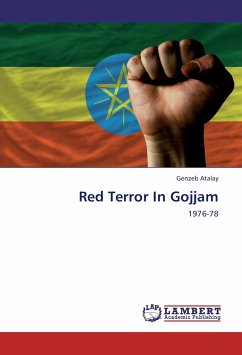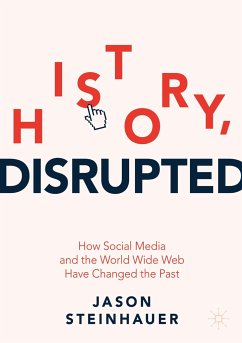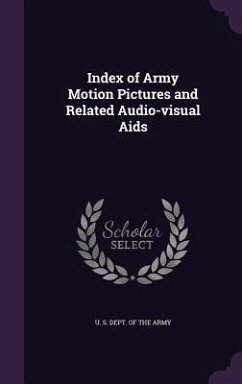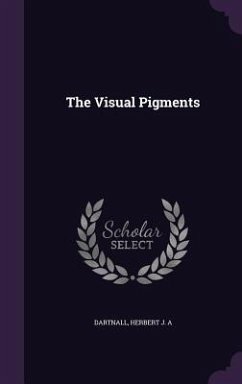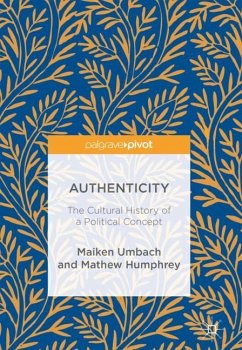
French Revolutionary Visual Culture
The Terror as Political Sublime
Versandkostenfrei!
Versandfertig in 6-10 Tagen
22,99 €
inkl. MwSt.

PAYBACK Punkte
11 °P sammeln!
This is an historical overview of the Visual Culture of years I & II of the French Revolution. In particular the role of Enlightenment Philosophy as the theoretical underpinning of the Revolution, Hegel s perception of the events in France, and most importantly the role of Terror as a system of power, will each be examined in turn. The central argument is that Terror was a political methodology that was deployed visually by the Revolutionary Government as part of a cultural revolution intended to instill ideals of free will, virtue and enlightened government into a reluctant citizenry.




